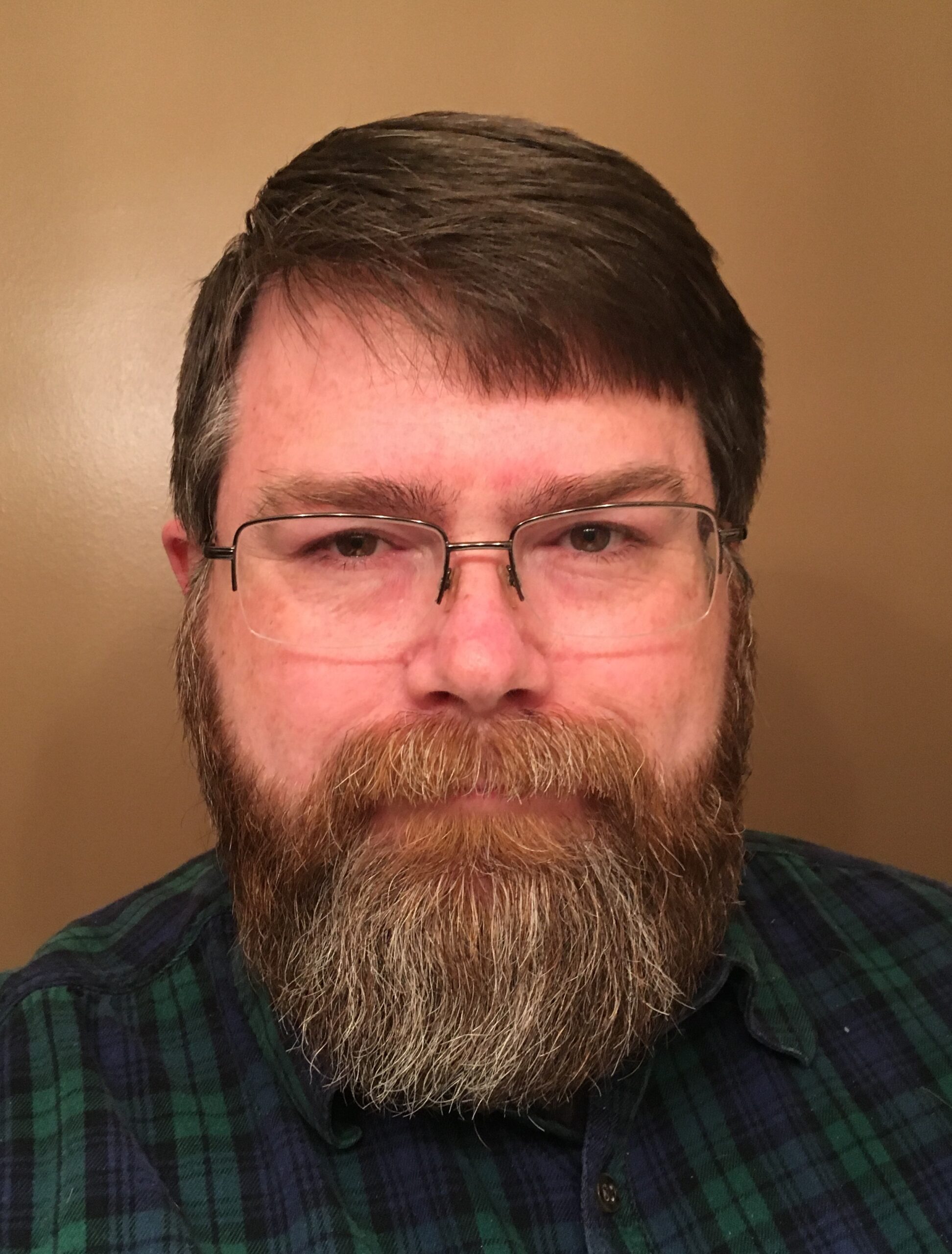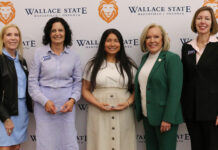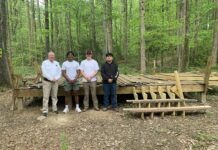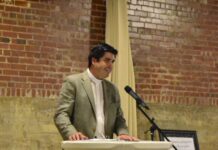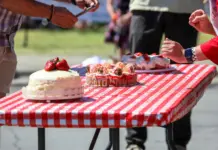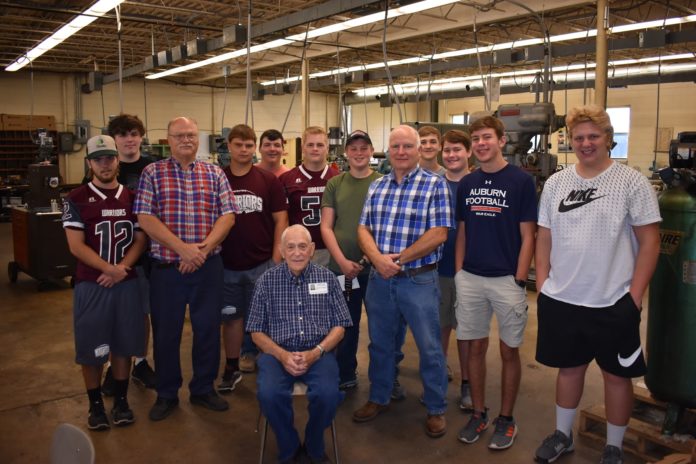
CULLMAN, Ala. – Precision machining students at the Cullman Area Technology Academy (CATA) last week were treated to a rare surprise and unique learning opportunity as Joe Hayden, a world record-holding machinist and lappist who has been referred to as the “Rembrandt of precision machining,” came by for a visit.
What in the world is a lappist?
A lappist performs lapping, a type of precision machining that can involve work so fine that it has to be done by hand, shaping and finishing a surface at a microscopic level far beyond what any common belt sander, bench grinder or even standard CNC machine can accomplish.
For a quartz sphere he lapped for a satellite’s gyroscopic guidance system, Hayden holds a Guinness record for the world’s most perfectly round object, and pieces of his work can be found in items orbiting the earth and even sitting on the moon (Hayden polished the mirrors placed there by Apollo 11, which still today routinely get lasers shot at them to measure distances between the earth and moon).
Making a day of it
Hayden and his daughter Mary Hayden Hovater, a NASA physicist/engineer, had planned to visit with machining students for one hour during the first instructional block, but they were well-received and accepted invitations and requests that would keep them at CATA for the rest of the day, meeting class after class and enjoying lunch and conversation with students and faculty members from across the spectrum of CATA’s programs.
Hayden brought a selection of his own custom-made tools, most of his own design, and talked to students about how those tools and others were used to produce some of the satellite and missile guidance components he had brought with him for “show and tell.” Students got to handle tools, components and even a quartz sphere of the type that won Hayden his world record.
Machining instructors Tim White and Jack Capps took the opportunity to become learners again for a little while, sitting at the table and absorbing all the tidbits of knowledge they could draw from master machinist Hayden, right along with their students. Between classes, the three engaged in excited exchanges with Hayden explaining his work in more technical detail and the CATA teachers showing him around their shop and displaying various projects of their own.
As the day went on and excitement about the visit just seemed to grow, word got out and Hayden and Hovater were joined by Roy Manley, owner of Mach III, Inc., a Vinemont-based precision machine shop that employs CATA graduates, along with a former machining student now employed by the company.
During a break, White told The Tribune, “It means a lot to us for the guys to be able to see and listen to somebody like this talk, with this kind of experience. And it meant a lot to me, too. I mean, I’ve been around machinists all my life–well, for the last 42 years–and I’ve never seen anybody with stories like that to tell, and that kind of experience.”
Hovater, after touring the machine shop with Capps, told The Tribune, “This is the heart and soul of everything else that’s done, right? You need folks that are going to work the blue-collar jobs and that love it like these folks do. You can tell in their eyes, they really love this stuff, and I do, too. And we need that.
“And NASA needs folks that’s going to build things, that knows how. Everybody wants to be an engineer, you know, ‘Let’s be an engineer,’ which is fine. You know, I’ve got a master’s degree in physics, so I get it. But Daddy also told me, ‘If you’re going to be a good engineer, you need to be a good machinist; if you’re going to be a good machinist, you better be a good draftsman. So, you’ve got to start at the basics and work your way up, so you’ve got to know those things. So, this level of workmanship is going to hit anything technical that’s going up. I don’t care if it’s a building or a rocket ship or a road. You know, you need to have some of these basic skills.”
The Tribune posed a couple of questions to Hayden:
What is the first piece of advice you would give to a student considering precision machining?
“I’d make sure that he was dedicated and could stand standing by a machine all day long; some people can’t stand being inside. They like to get out. They have to love what they’re doing. If they don’t, they’re going to be miserable. And they need to learn all they can learn. You never stop learning. I still learn things pretty often. It’s an ongoing progress. People have got to learn to learn. I mean, you can’t go by just a set rule on one thing. There are rules you have to follow, but you’ve got to use common sense in a lot of things.”
You’ve raised machining from skilled labor to an art form. How do you cross the line from skill to artistry?
“Some people are satisfied just to sit and do one thing all day long. And all they want to do is put in their time, draw their pay, go home, watch TV. Other people want to go a step further; they wonder, ‘What would happen if I did this? What would happen if I did this?’ They’re not satisfied with the status quo; they’re always looking for something a little bit more. Do it a little bit better. If they’ve got a tolerance of a thousandth, they’ll try to make it half that. It’s just a difference in people.”
Copyright 2019 Humble Roots, LLC. All Rights Reserved.

